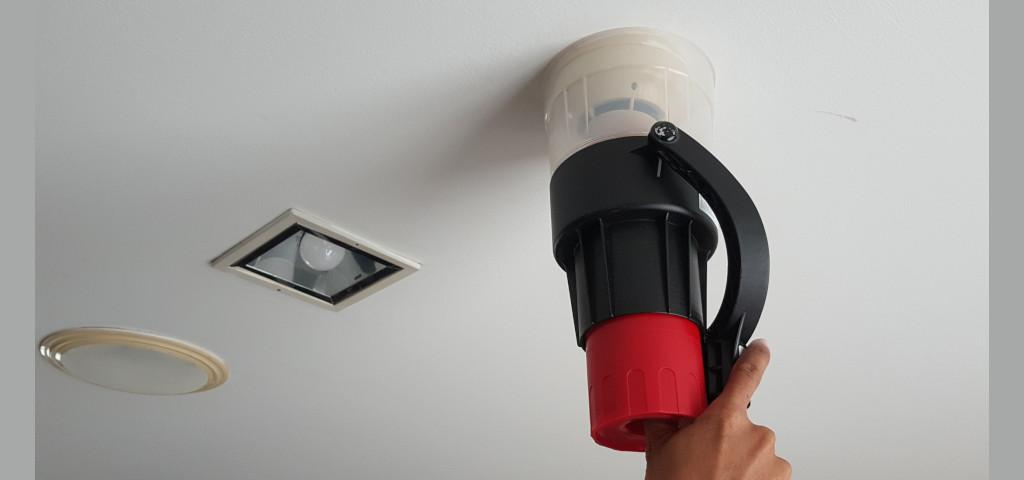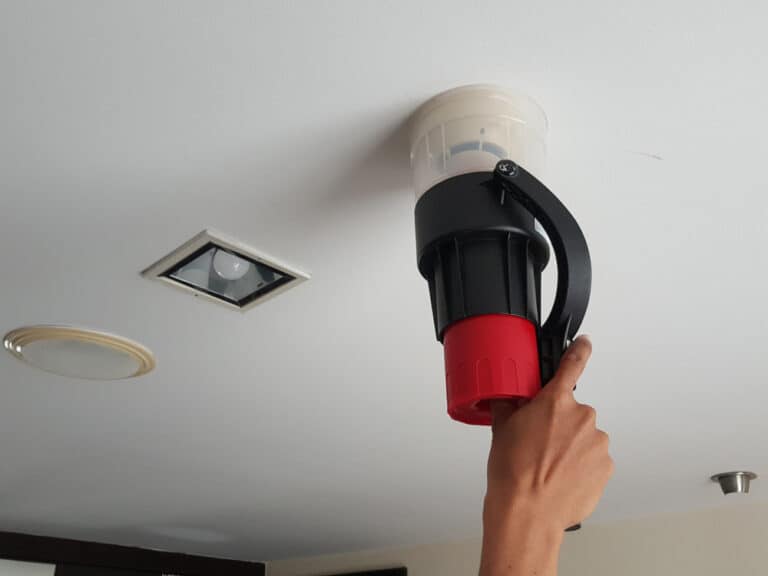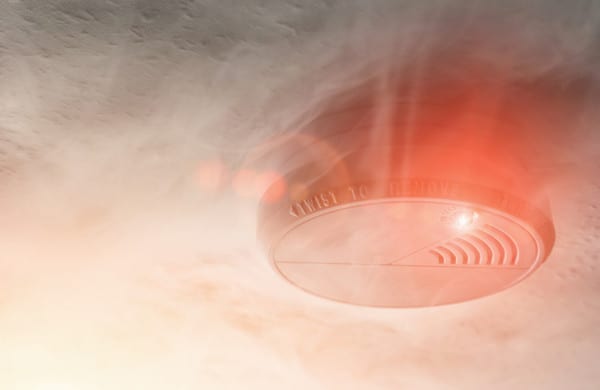Problem: CO is silent and deadly—make sure detectors do their job!
Carbon monoxide (CO) is a silent killer—odorless, invisible, and potentially lethal. If your CO detection equipment fails to work, you may never know there’s a problem until it’s too late.
Whether you’re a property owner, property manager, or fire protection professional, you need to be absolutely sure CO alarms or detectors work when it counts. That can mean going beyond simply checking the power—actual functional testing is essential.
If you skip or delay testing, you could be putting lives at risk—and violating key life safety codes. Faulty or neglected CO alarms endanger occupants while exposing property owners to fines and liability.
Why this matters: Life safety and non-compliance risks
Failing to inspect and test carbon monoxide detectors is not only dangerous—it’s a code violation. The National Fire Alarm and Signaling Code (NFPA 72) outlines specific testing intervals and methods to ensure these life-saving devices work.
There are two basic types of CO detection equipment:
- Standalone CO alarms that are often found in homes and small businesses
- CO detectors that are networked to a full alarm system
They have different testing and inspection rules. First, alarms:
“Alarms and connected appliances shall be inspected and tested at least monthly,” following the manufacturer’s instructions.
— NFPA 72 (2025), Section 14.4.5.2
System-connected CO detectors also need inspections and require even more rigorous annual functional testing:
“For all carbon monoxide system detectors, carbon monoxide tests shall be performed at initial acceptance and annually by the introduction of carbon monoxide into the sensing chamber or element.”
— NFPA 72 (2025), Section 14.4.3.6
Simply pressing the button only checks the power and basic operation—it doesn’t confirm the sensor will react to the dangerous gas. That’s why real-world, functional testing of detectors using CO gas is necessary.
The fix: Do the required inspection & testing—with the right tools
Follow the manufacturer’s inspection and testing schedule, which often calls for weekly or monthly checks. For standalone CO alarms, this might just be a simple button press—but that only confirms the unit is getting power.
To truly ensure detectors can sense gas, you need to perform functional testing with compressed CO gas. This is mandated for networked or system-type CO detectors. NFPA 72 requires annual functional tests, as well as semi-annual inspections.
Use canned CO testers or a multi-detector test kit that includes access poles and dispensers to complete functional tests, depending on the number and type of detectors you maintain. These tools give you confidence that your CO detectors will respond in a real emergency—and keep your system compliant.
Buyer’s guide
To test a small number of CO detectors, a can of Solo C6 Carbon Monoxide Detector Tester can do the job.
For conducting tests in larger buildings, especially if you’re a building manager or fire protection professional who serves multiple structures, use one of the multi-piece test kits that streamline testing of smoke, heat, and CO detectors. At least having a dispenser and an access pole will be invaluable for both efficient testing and reaching high places without a ladder.
Product recommendations
Shop all of QRFS’s CO testing equipment:
FAQs
What’s the difference between a test-button test and a functional test?
A test where you hit the test button on a device mainly ensures that it has power and that the circuitry and alarm work. A functional test uses CO gas to verify that the sensor actually detects the gas and triggers an alarm.
How often should I test my CO detectors?
Often, test-button tests and inspections are at least monthly for alarms, following the manufacturer’s instructions. System-type detectors must also be functionally tested annually using CO gas and inspected at least quarterly, per NFPA 72.
Can I use the same tester for CO, smoke, and heat detectors?
Yes, if you have the right equipment. Multi-stimulus test kits are designed to test smoke, heat, and CO detectors with one toolset and different accessories, saving time and equipment costs.
Are these tests required by law and code?
Yes, depending on the equipment type and occupancy. NFPA 72, which gains the force of law by being referenced in state and local codes, requires regular tests and inspections of CO alarms and detectors and annual functional testing of CO detectors in many settings. Failing to comply can result in system deficiencies and legal liability.
What should I use for testing just one or two detectors?
A can of Solo C6 Carbon Monoxide Detector Tester may be sufficient for small-scale testing needs. If you need to test many detectors, especially multiple types beyond CO, a full testing kit—or at least a dispenser—is the better option.




